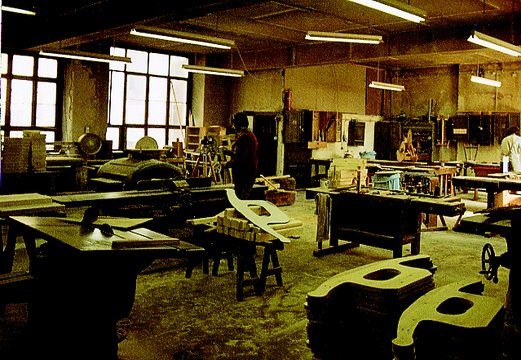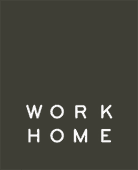About the Workhome Pattern Book
Click here to browse the Pattern book →
The workhome pattern book is a collection of generic spatial designs or patterns which we have produced to illustrate the various ways in which work and home functions can be combined.
The designs are stored in a database that can either be browsed casually or searched purposefully. The apparatus that facilitates browsing and searching also serves as a summary list of the most important variables in the design of a workhome. Thus, the records (patterns) in the database can be filtered by clicking one or more of 23 variables grouped under the following headings: type of workplace, spatial strategy, dominant function, public/private, employees, access and size. Clicking two or three of these variables highlights the designs that embody that particular group of characteristics.
To make the database even easier to use, the patterns have been grouped in families according to their basic configuration. These families are: basement, basic workhome, infill, layer cake, loft, machiya, off-the peg, passage, shop/house, transformable furniture, workbay and workbox. Here is a brief description of each of them:
Basement
Workhomes in which the work activities take place mainly in a basement.
Basic workhome
Adaptations of an ordinary two storey house of moderate size.
Infill
Workhomes in which work and home elements are placed side by side along the street frontage. Often the work element “infills” between houses.
Layer cake
Multi-storey workhomes in which work and home elements are interleaved floor by floor.
Loft
Workhomes where the work element is in the attic. Often there is a workspace on the ground floor as well.
Machiya
Workhomes based on the traditional Japanese Machiya which incorporates small gardens at intervals in the depth of the site, separating the building into different zones.
Off the Peg
Work-dominant plans inspired by the idea that a workhome might be created from a combination of “off the peg” space-enclosing elements.
Passage
Workhomes in which the work element is in the back garden, accessible by a passageway between the houses.
Shop/house
The traditional “living above the shop” arrangement.
Transformable furniture
Workhomes incorporating dual-use spaces that are transformed by special furniture.
Workbay
The commonest form of workbay is a back extension on an ordinary house, but workbays can also be front, side and upward extensions.
Workbox
A more sophisticated version of the traditional shed at the bottom of the garden.
Each individual database record contains information about one workhome pattern. This information always includes floor plans and a diagrammatic block plan. In most cases there is additional information which might include: a detailed description, a cutaway three dimensional drawing, a three dimensional “SketchUp” model that you can download and view from any angle, a link to relevant precedents in the precedents database, and an animated flash sequence which shows various ways in which the pattern can be varied, extended or altered.







